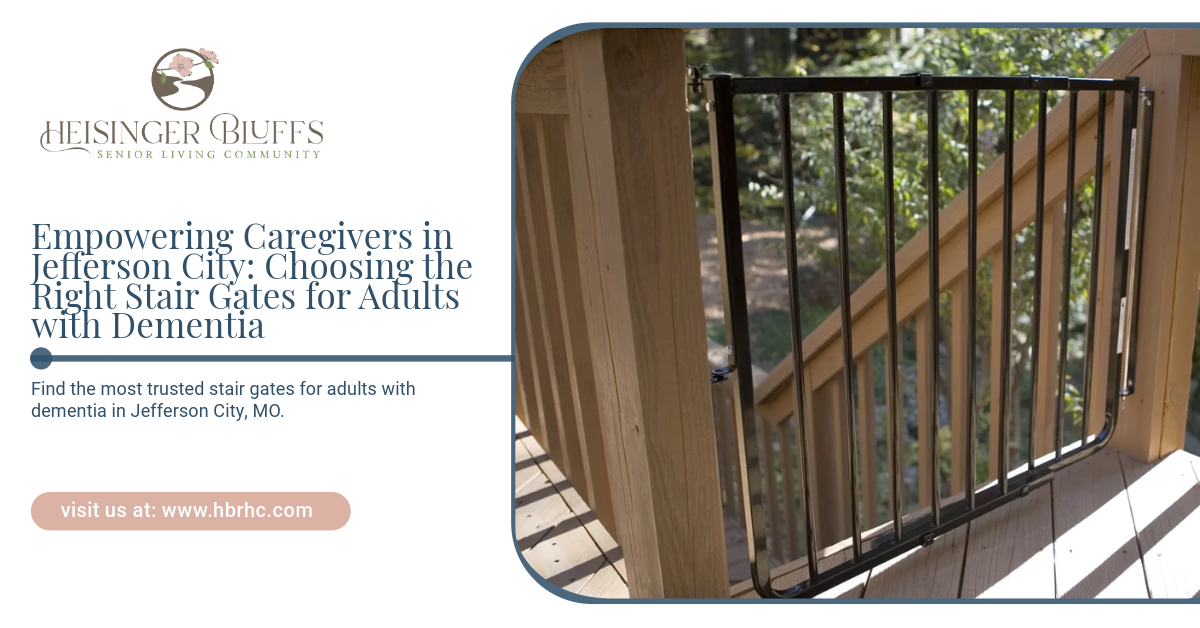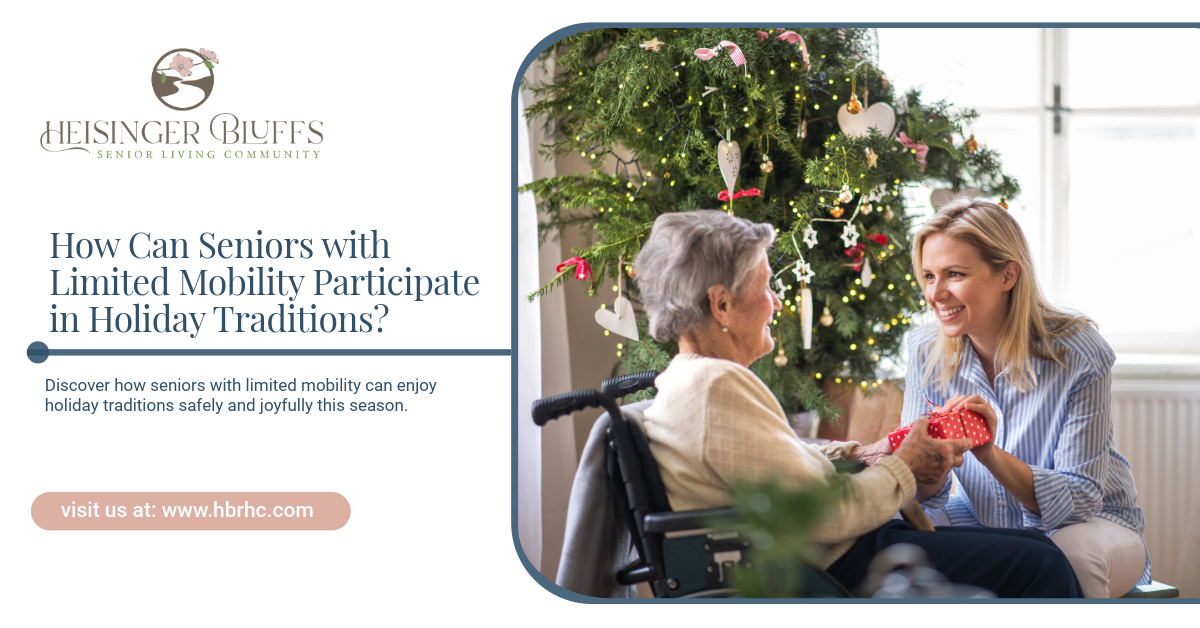Choosing the Right Stair Gates for Adults with Dementia in Jefferson City

Key Highlights
- Why Stair Gates Matter: Dementia-related cognitive decline can increase the risk of stair-related accidents.
- What to Look For: Tall, sturdy gates with adult-proof locking mechanisms provide the most effective protection.
- Best Gate Options: Several extra-tall, wall-mounted gates on the market are well-suited for adult use.
- Installation Tips: Mount gates securely at both ends of the staircase and maintain them regularly.
- Beyond Gates: Additional safety strategies like lighting, visual cues, and decluttering enhance home safety.
Caring for a dementia patient comes with unique challenges—especially when it comes to ensuring their safety at home. One of the most overlooked yet critical risks is access to staircases. As memory, balance, and spatial awareness decline, stairs can quickly become a major hazard. Fortunately, installing the right stair gate can provide a simple yet effective layer of protection.
In this blog, we’ll guide you through what to look for in stair gates designed for adults with dementia, offer top product recommendations, and share additional home safety tips to help you create a secure living environment.
The Importance of Stair Gates for Dementia Safety
Individuals with dementia often struggle with memory, spatial awareness, and balance—all factors that increase the risk of falls, especially on staircases. Installing stair gates is a proactive way to create a safer home environment, prevent injuries, and offer peace of mind for caregivers.
What to Look for in a Stair Gate for Adults with Dementia
Choosing a stair gate for an adult requires a different set of criteria than one meant for toddlers. Prioritize:
- Height: At least 36 inches tall to prevent climbing or stepping over.
- Strength: Durable construction—metal or reinforced wood—supports leaning or pushing.
- Locking Mechanism: Complex enough to be secure from tampering but easy for caregivers to use.
- Mounting Type: Wall-mounted gates are safer and more stable than pressure-mounted ones.
- Aesthetic Fit: Gates that match home décor can help reduce resistance from individuals with dementia.
Recommended Stair Gates
Several products on the market meet the requirements for adult safety:
- Regalo Extra Tall Safety Gate – 41 inches tall, steel construction, easy walk-through design.
- Cardinal Gates Auto-Lock Gate – Wall-mounted, heavy-duty, with an auto-locking latch.
- Dreambaby Chelsea Extra Tall and Wide Gate – Great for wider staircases and customizable with extensions.
Installation and Maintenance Tips
- Install at Top and Bottom: Cover both ends of the stairs to prevent access from either direction.
- Follow Manufacturer Guidelines: Use all provided mounting hardware for stability.
- Inspect Regularly: Tighten hardware and check locks routinely to ensure functionality.
- Watch User Behavior: Adjust if the person tries to climb or bypass the gate.
Additional Home Safety Enhancements
Stair gates are only one piece of a broader safety plan. Consider:
- Clear visual markers: Use brightly colored tape or nonslip stair treads for better visibility.
- Improved lighting: Motion-sensor or night lighting can prevent disorientation at night.
- Clutter control: Keep walkways free from obstacles and remove trip hazards.
- Dual handrails: Install railings on both sides of staircases for added support.
Conclusion
Protecting individuals with dementia from stair-related injuries starts with the right tools—like a secure, tall stair gate. But it doesn’t stop there. When combined with thoughtful home modifications and regular caregiver vigilance, these gates can significantly improve safety and confidence for everyone involved.
At Heisinger Bluffs, we believe every senior deserves to live in a secure, supportive environment. Our specialized memory care programs are designed with safety, dignity, and quality of life in mind. If you're exploring care options for a loved one with dementia, contact us today and let us show you how we can help.
Frequently Asked Questions
Can adults with dementia easily bypass stair gates?
Most stair gates designed for dementia care come with complex locking mechanisms that are difficult for individuals with cognitive decline to operate. Always choose a gate with a secure lock to minimize the risk of tampering.
Are pressure-mounted gates safe for dementia care?
While pressure-mounted gates can be useful, they may not provide the same level of stability as fixed gates. For adults with dementia, it’s often safer to use wall-mounted gates to prevent them from being dislodged.
What is the ideal height for a stair gate for adults?
For adults with dementia, it’s recommended to use a gate that is at least 36 inches tall. If the individual is mobile or has a tendency to climb, consider using a gate that is 42 inches tall or more for added security.
Sources:
- https://pmc.ncbi.nlm.nih.gov/articles/PMC9878455/
- https://forum.alzheimers.org.uk/threads/stair-gates.104805/
- https://www.alz.org/alzheimers-dementia/what-is-dementia
- https://pmc.ncbi.nlm.nih.gov/articles/PMC4822719/











